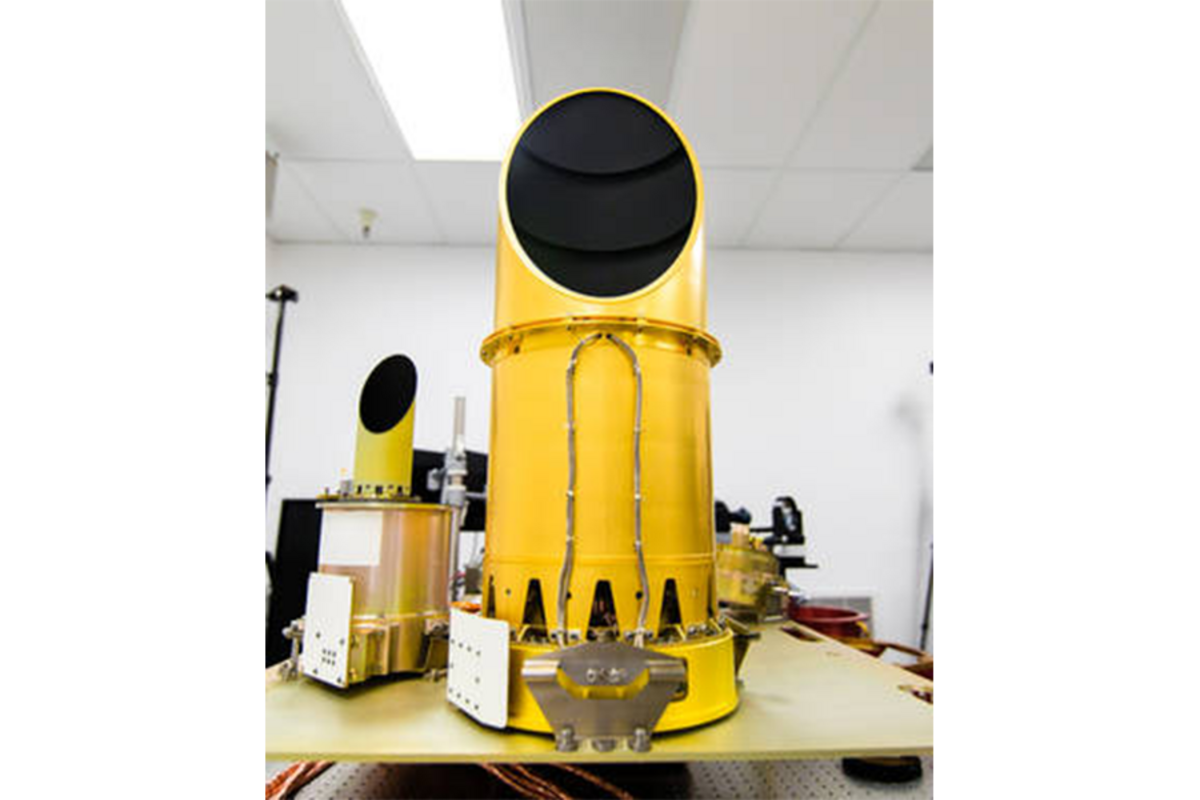NASA wants to send your artwork to an asteroid
Loading...
The submissions are starting to roll in on Twitter and Instagram from artists with interstellar ambitions, all answering a call from NASA for artworks to include in a kind of galactic time capsule.
There is the artist formerly known as Prince standing with a wide grin atop an unidentified planet, an astronaut floating in space among a sea of asteroids, and , floating in space with the Earth on the horizon behind it.
“We are inviting the world to join us on this great adventure by placing their artwork on the OSIRIS-REx spacecraft, where it will stay in space for millennia,” said Dante Lauretta, principal investigator for NASA’s mission OSIRIS-REx, the first US mission to collect a sample of an asteroid for study on Earth.
Astronomers are planning to send the spacecraft in September to study Bennu, a piece of rubble near Earth that was left over from a collision billions of years ago. OSIRIS-REx will reach the asteroid in 2018 and return to Earth with at least 60 grams of sample from the rock in 2023.
Though a capsule with the rock sample will return to Earth, the spacecraft will stay in space forever, carrying aboard a chip of the artwork – sketches, photographs, graphic, poems, songs, and short videos – in a campaign dubbed . The spacecraft will also carry a chip with more than 442,000 names of people who submitted them in 2014 through a “Messages to Bennu” campaign.
Astronomers want to study Bennu because they think it will offer them a window into the beginnings of our solar system.
Bennu is made of molecules containing primarily carbon and hydrogen atoms, fundamental components of life on Earth. By analyzing this organic material collected on Bennu, scientists will be able to study the �����Ի� have since been very well preserved.
"On planets like Earth, the original materials have been profoundly altered by geologic activity and chemical reactions with our atmosphere and water,” said Edward Beshore, deputy principal investigator for OSIRIS-REx. “We think Bennu may be relatively unchanged, so this asteroid is like a time capsule for us to examine," he said.
Scientists say that they need to bring a sample from Bennu back to Earth in order to do a more thorough analysis than is possible with instruments on a spacecraft.
"We will also set aside returned materials for future generations to study with instruments and capabilities we can't even imagine now,” Dr. Beshore said.
Campaigns like these are part of wider public relation efforts by NASA to raise awareness and excitement about its work. Earlier this month, the agency released �����Ի� ����360-degree video of the Martian terrain, as seen through the eyes of its intrepid rover, Curiosity.




